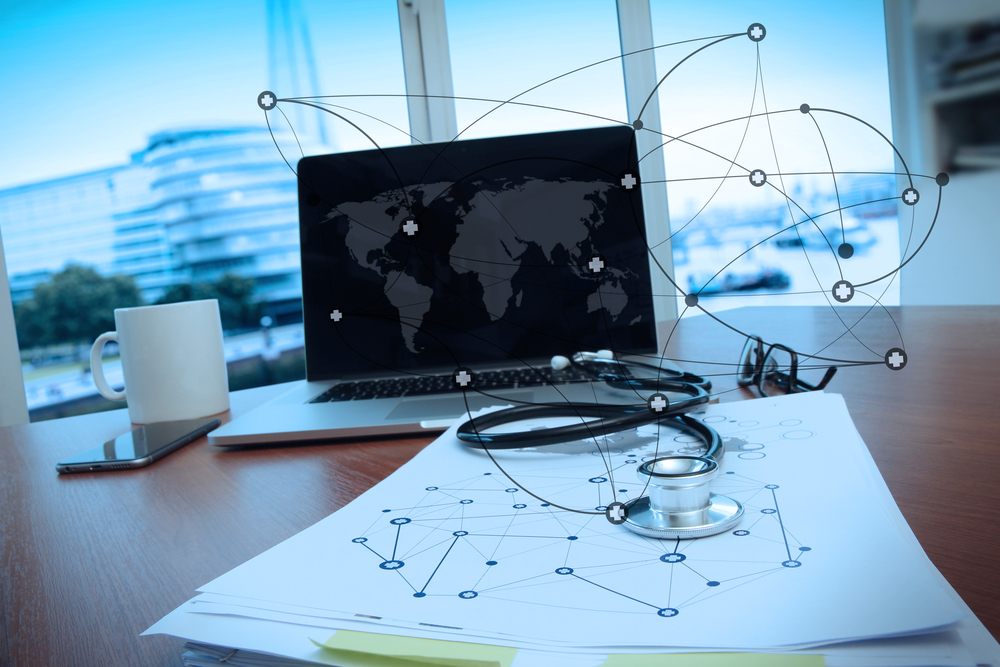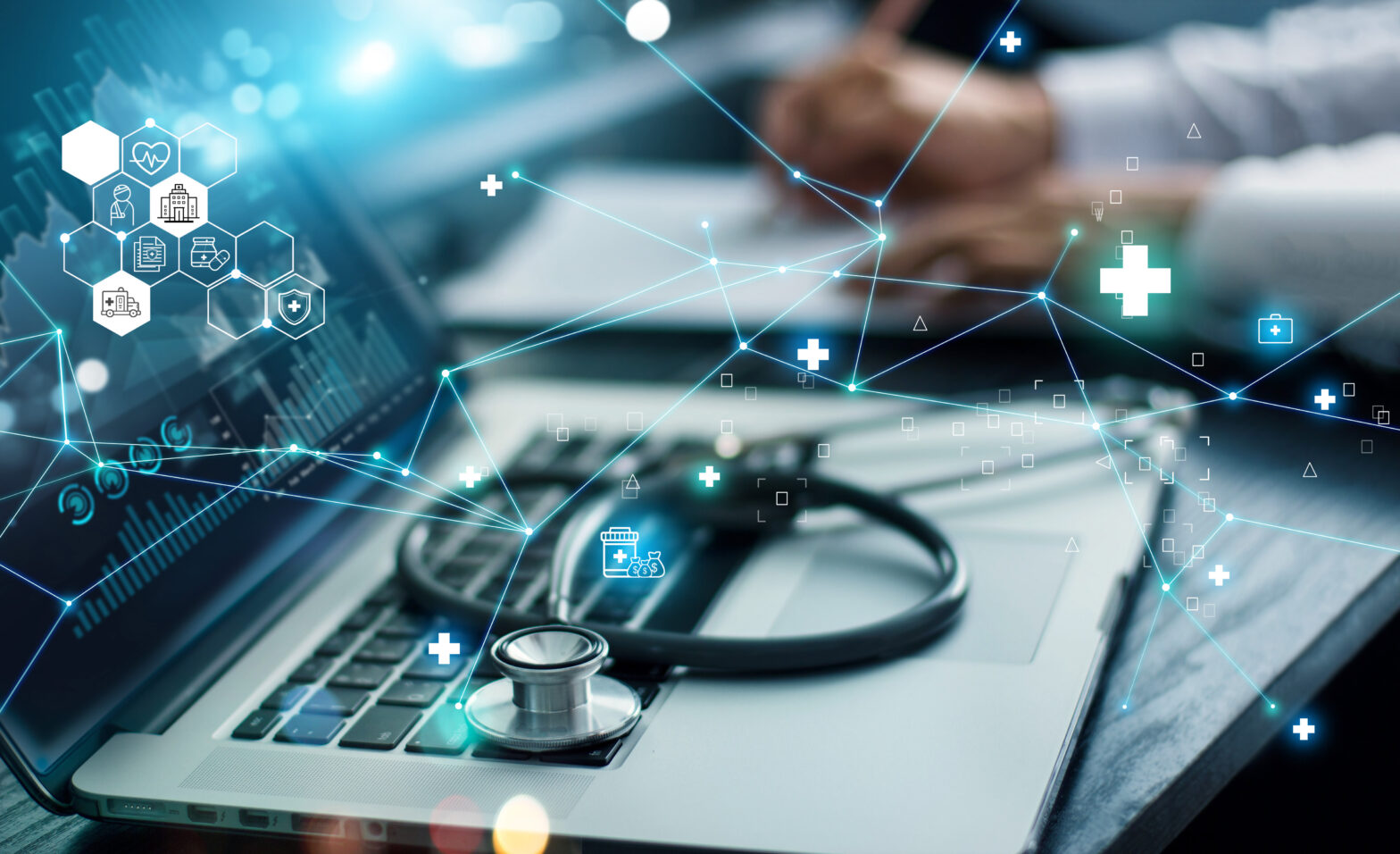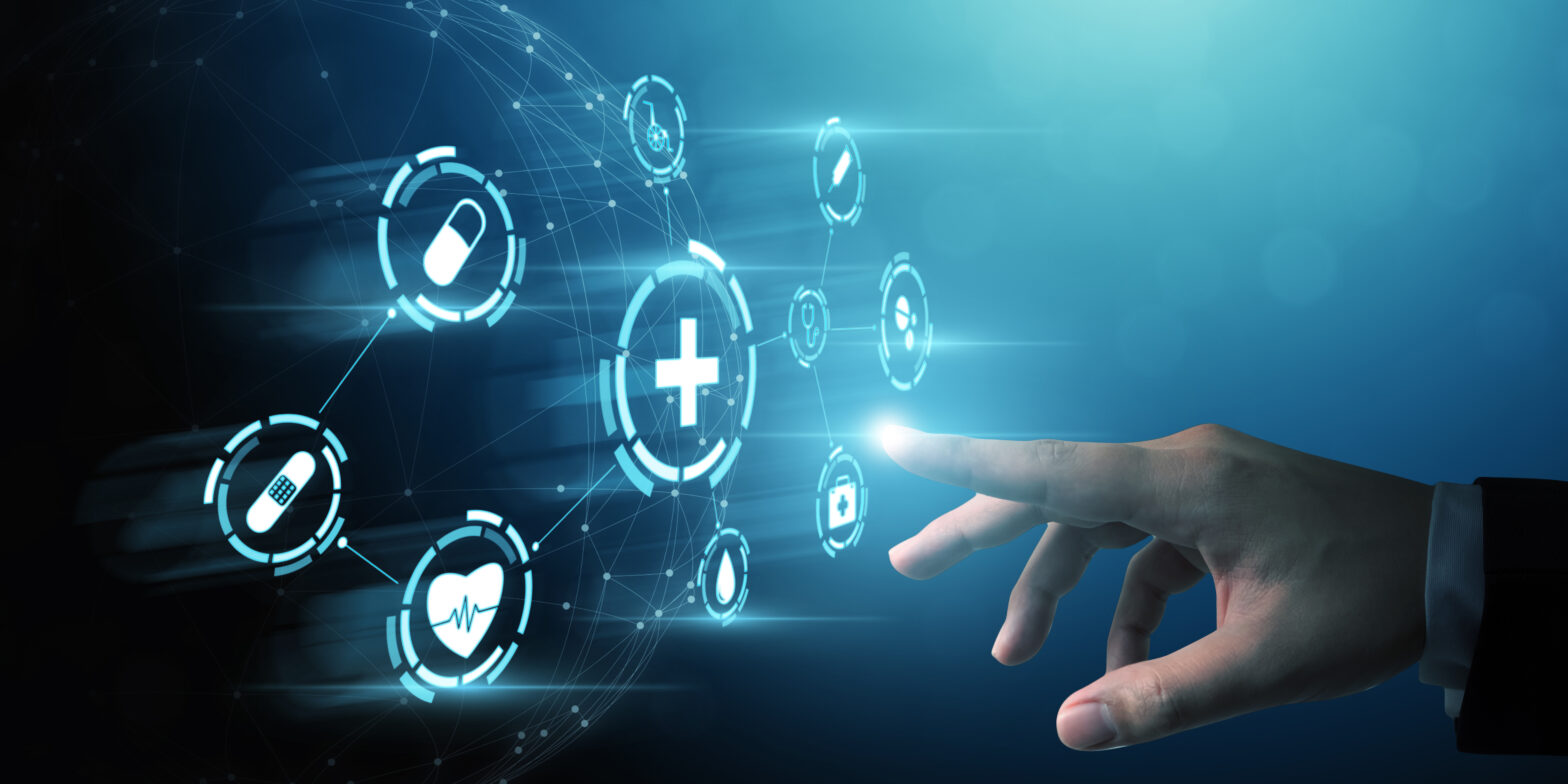The Internet of Things is a hot topic in the tech world; everyday appliances such as fridges and cars are being connected to a network in order to communicate with other devices. It’s potential reaches far beyond the home, and we are starting to see really interesting applications in the medical sector.
Medical equipment comes in many different forms and levels of complexity, from tongue depressors to artificial hearts. If electronic devices, such as monitoring systems, become connected, the hospital can benefit from reduced costs and time-savings.
However, no hospital should consider implementing connected devices without proper planning.
In a normal network, device connections are used to remotely monitor, control and configure devices. In a hospital, it’s the patient monitoring function that adds the greatest value.
Devices can be used to collect data such as the patient’s vital signs, intake of medication and ventilator monitoring, all of which provides information that is vital in providing optimal care to patients.
If these devices are connected to an Electronic Medical Records (EMR) system, the completeness, timeliness and accuracy of the data is much greater than if a nurse manually recorded it with a pen and paper.
Not only is the quality and safety of care improved, the time and cost required to collect and chart data is greatly reduced. Each of these Connected Medical Devices (CMDs) saves four to 36 minutes of nursing time, and prevents up to 24 data errors daily (reference?).
> See also: Who is liable when the Internet of Things goes wrong?
Hospitals use hundreds of electronic devices, such as IV pumps, physiological monitors and vital signs monitors. However, very few of these devices are currently connected to any kind of network.
For example, just under a quarter (24%) of physiological monitors are connected to an EMR, and only seven percent of vital signs monitors.
The benefits of hospital device connectivity
Connecting hospital devices that have historically worked independently has numerous benefits.
The efficiency of data collection is improved rapidly. Research shows that nurses spend approximately two and a half hours per shift on documentation activities. If the devices were able to collect and record their own data on the hospital’s system, nurses could spend more time on direct patient care.
Clinical Decision Support (CDS) capabilities are the number one source of value from EMR systems. CDS helps doctors with diagnosis and decision-making tasks, such as drug selection and dosing.
It can send alerts if lab tests requests are duplicated or if supplies of a certain drug are running low. This is just the tip of the iceberg, in terms of the potential of what CDS can do.
Uses of CDS that are just emerging include clinical surveillance systems that can review large volumes of clinical data and highlight patient risks when they occur. Connected devices can dramatically reduce the cost of data collection.
Connected devices can also send global alerts for each type of device. For example, by adding older IV pumps, which don’t have safety alerts, to the network, it could allow hospitals to create their own real-time alerts based on up to date data.
This can then be sent to nurses in order to avoid dangerous and costly errors – making ‘smart’ pumps out of ‘dumb’ pumps.
Connected Medical Devices will play a large role in healthcare outside the hospital. Huge growth is anticipated in patients’ homes for example, allowing for management of chronic conditions and prevention of hospital readmissions.
This is because it is naturally more difficult to gather data manually in the home environment, as there is no round-the-clock staff available. Experts predict that this could cut healthcare costs significantly over the next few years, by allowing more patients to be treated at home.
The challenges of hospital device connectivity
Despite the huge benefits, challenges arise for both the hospital and the medical device vendors when it comes to connecting medical devices to the Internet of Things.
One of the main challenges is to ensure that all the devices speak the same language as the network – in other words, that the data collected can be read and understood.
Historically, hospitals have dealt with this one device at a time – but this is becoming increasingly difficult due to the growing number of network devices. However, some device connectivity vendors are designing translation software into their modules while others are supporting unifying standards
Another issue is security. Patient data and information, whether collected manually or automated needs to be secured. This is not only a legal requirement but one that al of us would expect from a health care provider or facility.
There is an alphabet soup of security protocols for all forms of computer interactions. It is important that the data be secured from end to end and that systems handling the information be kept up to date so that vulnerabilities are minimized. Using the strongest possible security for a given devices is a wise course of action.
Related: ‘Internet of Medical Things’ grapples with hacker threat
Devices also need to be compatible with the wireless band used by the hospital. The most commonly used band is 2.4 GHz, but 5 GHz is becoming increasingly popular due to its superior performance in the hospital environment. This is due in large part to fewer devices operating at this frequency.
Legacy medical devices have a variety of physical interfaces including USB and RS232 serial. It is important to take this in to consideration when selecting an IoT gateway for putting the device on to a network.
> See also: How patient-centric technology, sensors and analytics could cure the healthcare sector
The benefits of medical device connectivity cannot be overlooked and the first steps have already been taken to replace devices that were formerly only mechanical or adding connectivity to existing devices.
Getting those devices on to the network takes a lot of expertise and hospitals and vendors have to work together closely to reap the benefits a connected hospital can have for itself and its patients.
The bottom line is that in order to benefit from the Internet of Things, hospitals must ensure their network infrastructure is up to the task of supporting these electronic devices.
Compatibility, scalability and flexibility are all key considerations that can be planned ahead for. By doing so, healthcare providers can reap the many benefits of connected medical devices.
Sourced from Daryl Miller, VP of engineering, Lantronix










